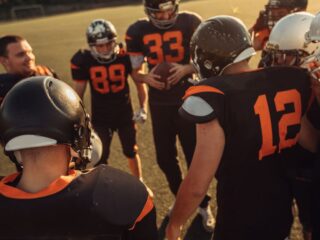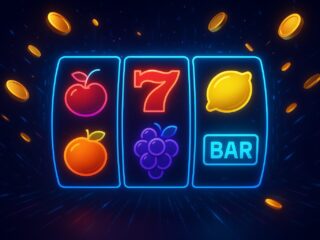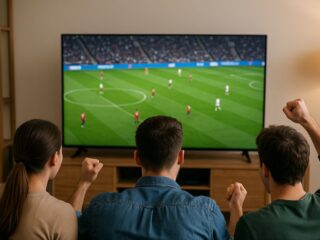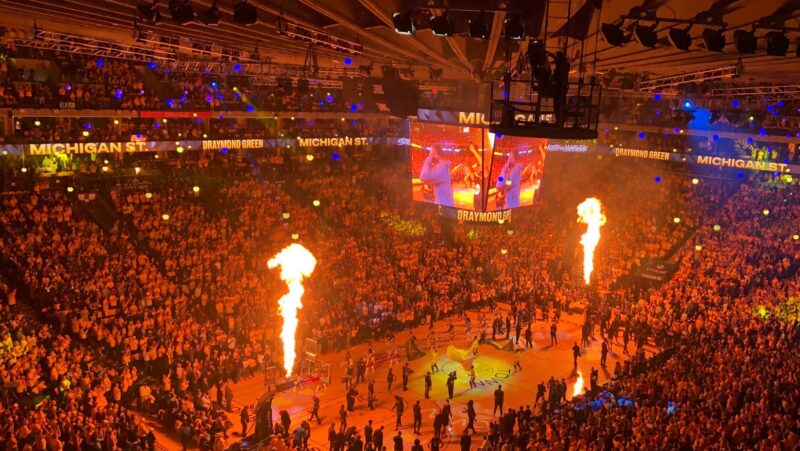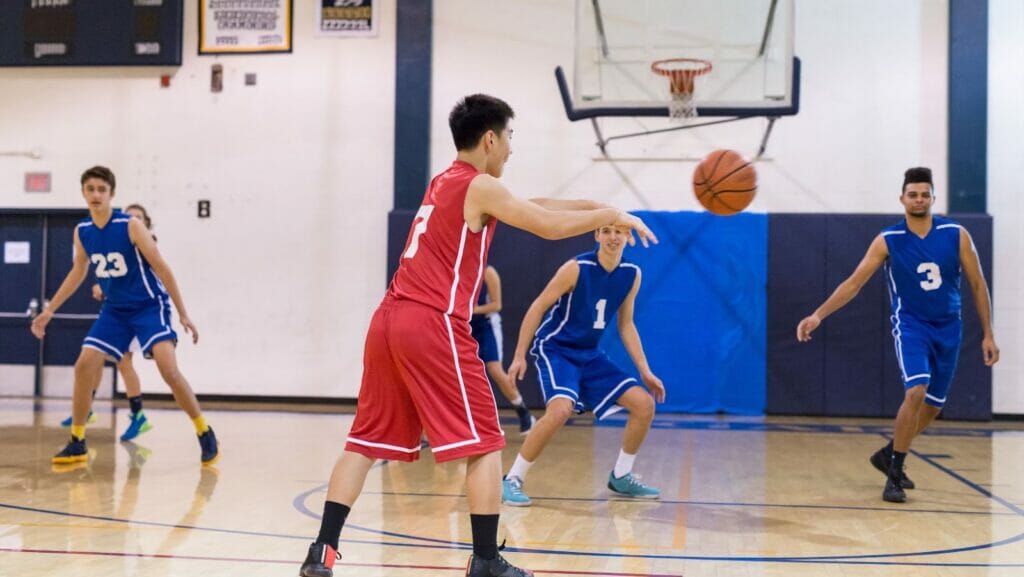
Whether you’re a diehard fan or just want to check out the local team, here’s what you can expect at a basketball game. From the sights and sounds of the stadium, to the action on the court, there’s plenty to take in. And of course, don’t forget the concessions! Here’s your guide to enjoying a night at the basketball game.
The Basics
We welcome you to come and experience the excitement of a basketball game! Here are a few things you should know before you come to cheer on your team.
Doors open one hour before tip-off so make sure to get there early to find your seat and get settled in. You’ll want to have your ticket out and ready when you approach the ticket taker at the entrance. Once you’re in, take a look around and familiarize yourself with the layout of the arena. If you need any assistance, our friendly staff will be more than happy to help you.
When finding your seat, keep in mind that there is usually reserved seating closer to the court for season ticket holders and members of the opposing team’s fan club. The general admission area is typically located in the upper decks.
Once tip-off starts, remain seated until there is a timeout or intermission so as not to obstruct the view of other fans. During timeouts, feel free to rise from your seats and stretch your legs or grab a bite from one of our concession stands. Just be sure to be back in your seat before play resumes.
We hope you enjoy your experience at the game!
How long is a basketball game
Basketball is a physical, demanding sport played by some of the most athletic people in the world. If you’ve never been to a game before, you may not know what to expect. Here’s a quick guide to the players and what they bring to the court.
There are five players on each team: four position players and one center. The positions are point guard, shooting guard, small forward, and power forward. The point guard is typically the team’s best ball-handler and passer; their job is to run the offense and control the tempo of the game. The shooting guard is usually the team’s best perimeter shooter; their job is to score points from long-range. The small forward is a versatile player who can do a little bit of everything; they often lead the team in rebounding (grabbing the ball after it misses a shot). The power forward is usually the biggest player on the court; their job is to score points in the paint (close to the basket) and defend the other team’s big players. The center is usually the tallest player on the court; their job is to protect the basket and make it difficult for opponents to score inside.
Players can sub out of games whenever they want, but they can only sub back in if there’s an injury or if it’s halftime. So if you see a player sitting on the bench, it doesn’t necessarily mean they’re in trouble – they could just be taking a break.
The game itself is divided into four quarters, each lasting 12 minutes. There are two halves, each lasting 24 minutes. If at any point during regulation (the first four quarters) one team has a lead of more than 15 points, that team wins automatically – this is called a “mercy rule”. If the score is tied at the end of regulation, there will be overtime periods until one team finally has more points than their opponent when time expires.
The coaches
The coaches are the leaders of the team. They control the players and make all the decisions on the court. You will see them directing the players and making changes to the game plan. They are also responsible for giving halftime and post-game speeches.
The head coach is the most important person on the team. He or she is responsible for making sure that the players are ready to play and that they understand the game plan. The head coach also has final say over which players will be on the court at any given time.
The assistant coaches are also important members of the team. They help the head coach with practice planning and player development. They also often serve as recruiters, traveling to find new talent for the team.
The Game
A basketball game is generally divided into four 12-minute quarters. There is a 2-minute break between the first and second quarters, and a 5-minute break between the third and fourth quarters. At the end of the first, second, and third quarters, the team with the lead gets the ball.
The clock stops when:
– A player dribbles or stops moving while holding the ball
– A foul is committed
– A basket is made ( opportunities to score )
– A timeout is called
The clock runs continuously during the last minute of each quarter. If the score is tied at the end of regulation time, there will be 5 minutes of extra time ( overtime ) played. The team that scores first in overtime starts with the ball and play proceeds as normal.
The post-game show
After the game, there will be a post-game show where the commentators will go over the highlights of the game and talk about what happened. This usually lasts for about 30 minutes.


